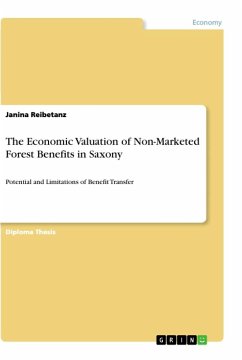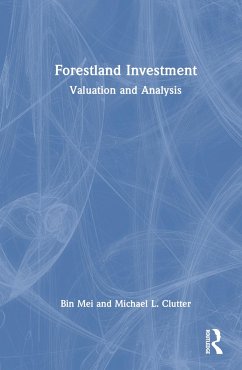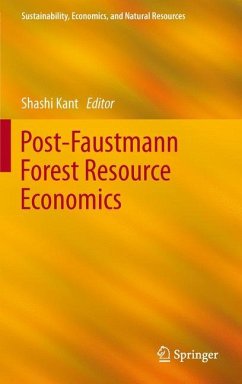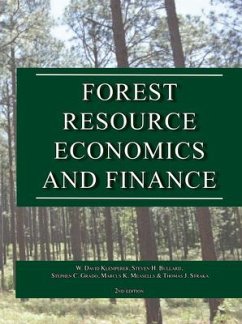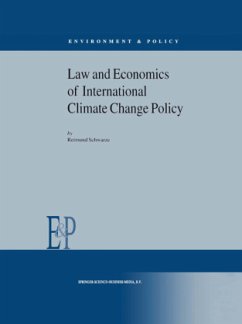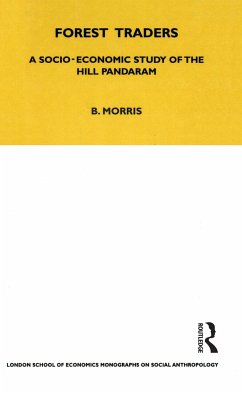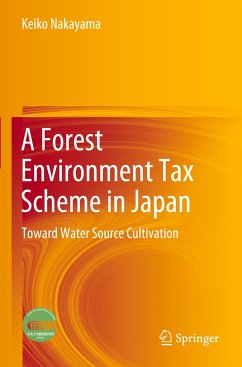
Forest Valuation under Carbon Pricing
A Real Options Approach
Versandkostenfrei!
Versandfertig in 6-10 Tagen
66,81 €
inkl. MwSt.

PAYBACK Punkte
33 °P sammeln!
Emissions trading schemes are increasingly beingadopted to combat climate change. New Zealand createdthe world s first all sectors all gases such schemein 2008, awarding tradable credits for carbonsequestration and imposing liabilities for emissions(i.e. harvest or deforestation) from forestry. Addingcarbon pricing as a decision variable complicatesforest and forest land valuation, highlighting thereal options available to foresters (i.e. to deferharvest or to change land use). Standard forestvaluation methodologies do not properly capture thevalue impacts of carbon pricing on forestry. Thisbo...
Emissions trading schemes are increasingly being
adopted to combat climate change. New Zealand created
the world s first all sectors all gases such scheme
in 2008, awarding tradable credits for carbon
sequestration and imposing liabilities for emissions
(i.e. harvest or deforestation) from forestry. Adding
carbon pricing as a decision variable complicates
forest and forest land valuation, highlighting the
real options available to foresters (i.e. to defer
harvest or to change land use). Standard forest
valuation methodologies do not properly capture the
value impacts of carbon pricing on forestry. This
book was commissioned by the New Zealand Ministry of
Agriculture and Forestry, and develops a new approach bootstrapping real options analysis (BROA) to
address this shortcoming. The BROA approach is rich
enough to capture the complexities of forest
valuation under carbon pricing, while remaining
tractable enough to find practical application. It
should be useful to academics interested in valuing
complex real options, as well as to academics,
practitioners and policymakers interested in
evaluating the impact of carbon pricing on forestry
and forest land use.
adopted to combat climate change. New Zealand created
the world s first all sectors all gases such scheme
in 2008, awarding tradable credits for carbon
sequestration and imposing liabilities for emissions
(i.e. harvest or deforestation) from forestry. Adding
carbon pricing as a decision variable complicates
forest and forest land valuation, highlighting the
real options available to foresters (i.e. to defer
harvest or to change land use). Standard forest
valuation methodologies do not properly capture the
value impacts of carbon pricing on forestry. This
book was commissioned by the New Zealand Ministry of
Agriculture and Forestry, and develops a new approach bootstrapping real options analysis (BROA) to
address this shortcoming. The BROA approach is rich
enough to capture the complexities of forest
valuation under carbon pricing, while remaining
tractable enough to find practical application. It
should be useful to academics interested in valuing
complex real options, as well as to academics,
practitioners and policymakers interested in
evaluating the impact of carbon pricing on forestry
and forest land use.



